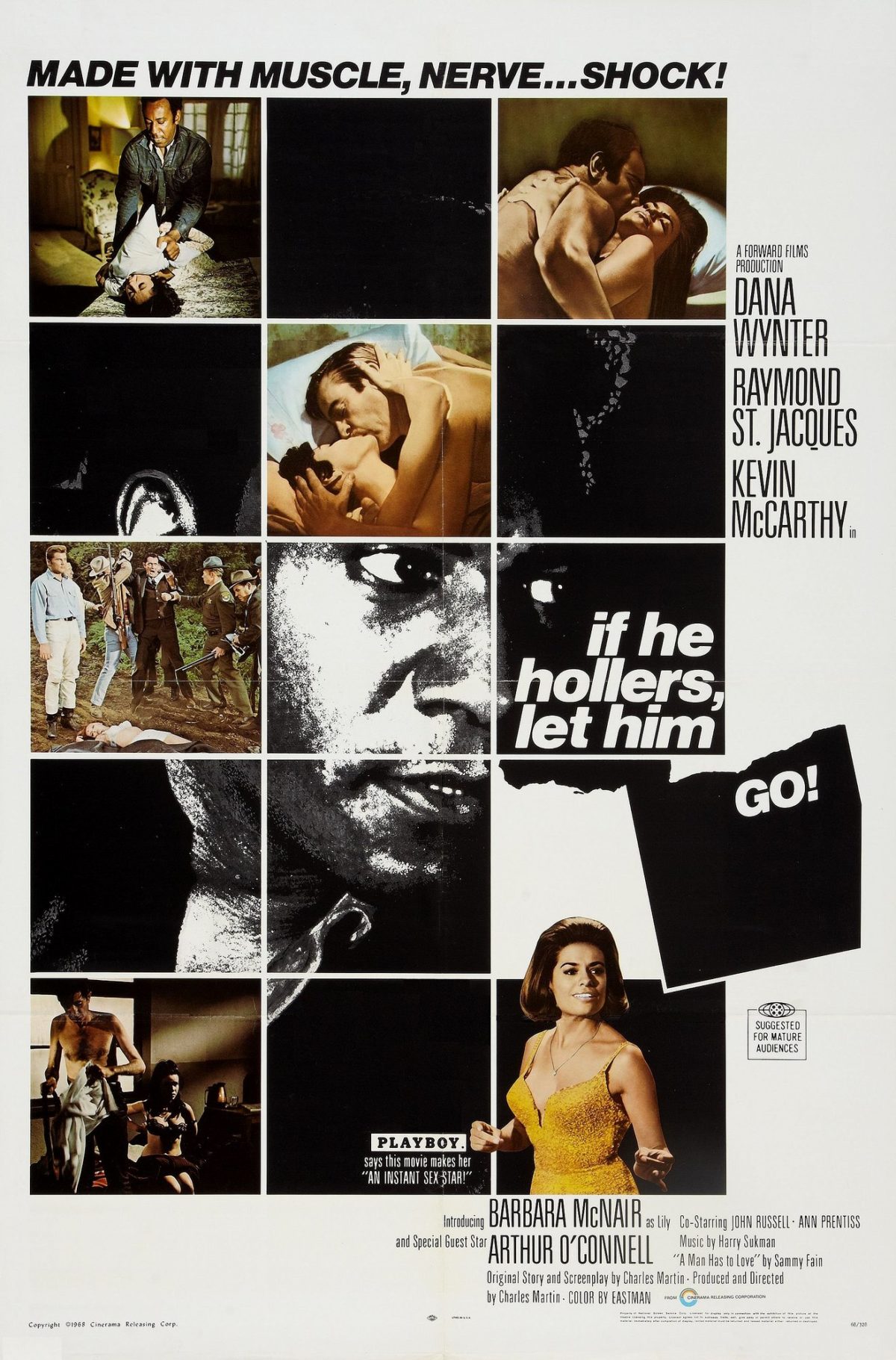“Blanche on the Lam” has been a welcome break from the heavy reading of my other classes. As we discussed in class, it was refreshing to read a noir text that had innocence at its heart. I welcomed Blanche’s concern for her niece and nephew, and her interactions with Mumsfield as a new take on the dark, grim atmosphere of the novels we have read. Because of its innocence, “Blanche on the Lam” has felt different than our other noir novels. Nostalgia, however, is one part of noir that exists within this text, and is consistent with our definition of noir. Nostalgia is defined as, “a sentimental longing or wistful affection for the past, typically for a period or place with happy personal associations.” It is having a desire for a past that never existed. Looking back to “Farewell, My Lovely” and “The Maltese Falcon” , each text engages with its past in a way that there comes a disconnect between reality and the imagined past. The first line of “Farewell, My Lovely” is “That area of Central Avenue that wasn’t yet all negro.” Noir, as a genre, allows the reader to glimpse how a culture of a certain time viewed itself relative to its own history.
When we place the Black body into the space of nostalgia, current realities of racism towards the black characters give way to an examination of the inception of American racism – slavery. “Blanche on the Lam” is set in a rural town in North Carolina, and examines the dynamic of African Americans performing domestic work in the same setting of their oppression post-emancipation. Neely uses humor to articulate the disconnect that her white characters have between the history of slavery and the reality of race relations in the early 1990s. These affluent white in the American south are living a life of nostalgia in assuming superiority over black people, holding onto a glorified past in the present. Blanche’s use of humor within the text adds another dimension to this nostalgia, as she critiques this false history her white bosses have created, while simultaneously removing the power this history has on her by attributing it to humor. In her article “The Oppositional Gaze: Black Female Spectators”, bell hooks writes that black women are looking back at history and reframing it in a way where they can see themselves within it. She says at the end of the article, “looking and looking back, black women involve ourselves in a process whereby we see our history as counter-memory, using it as a way to know the present and invent the future.” So by making these quips at how white people view race relations throughout the text in “Blanche on the Lam” Barbara Neely is able to create a space where in slavery does not hold the weight that it does on black people, especially the black woman, allowing Blanche to navigate her situation freely.

I really like how you talked about the white character’s nostalgia in the context of race. When I was reading Blanche on the Lam I originally thought the nostalgia present was when Blanche choice to leave NYC thinking that the South was better for her and her family. I didn’t think of associating nostalgia with how the white family holds on to their superiority by putting down Blanche as they did during slavery. It makes perfect sense. I really enjoyed reading your blog post, great job!
It is interesting how Blanche takes the power away from the loud echoes of slavery, using humor and a counter-narrative of black women to regain a sense of agency. Yet it seems that Blanche is aware that her agency is–and may indefinitely be–limited in American culture. “It seemed that enemy territory was all there was in this country for someone who looked like her” (Neely 193). Blanche acknowledges the reality that the white voyeuristic gaze of American society and the genre of noir will oftentimes conflate her physical darkness with moral darkness. The true fear of noir is not that of racial ambiguity, but of racial difference; in placing black people at the center of the plot, black noir exposes the marginalization that black Americans and the “other” experience on a daily basis while acknowledging both the strengths and limitations of their counter-cultures.